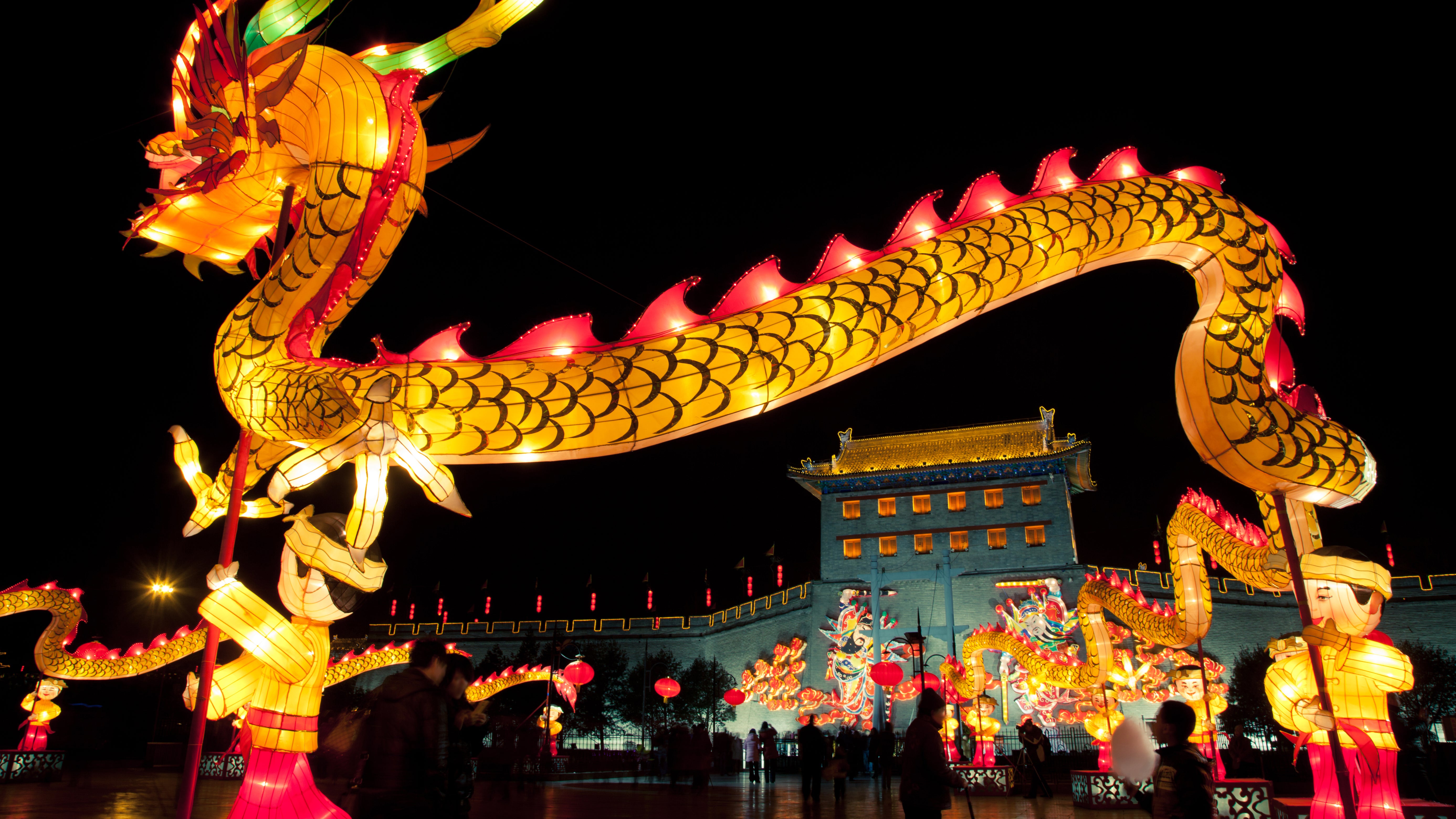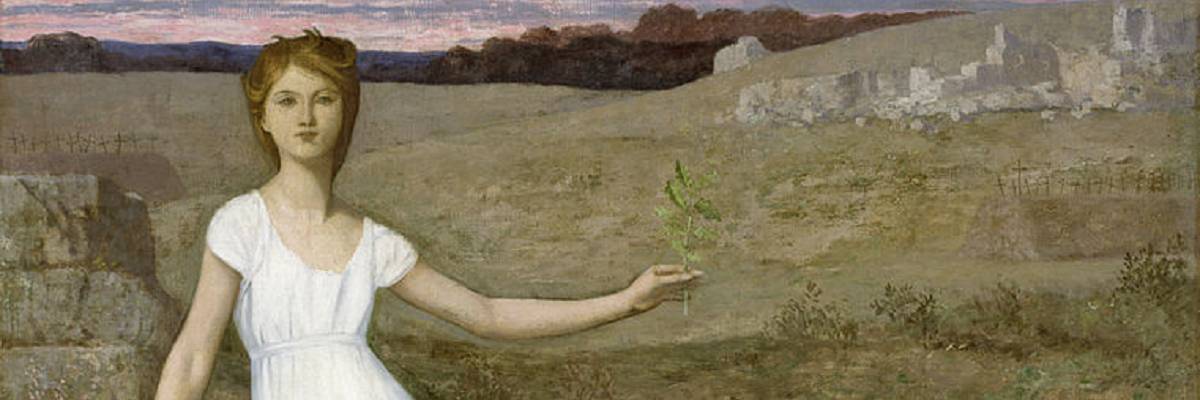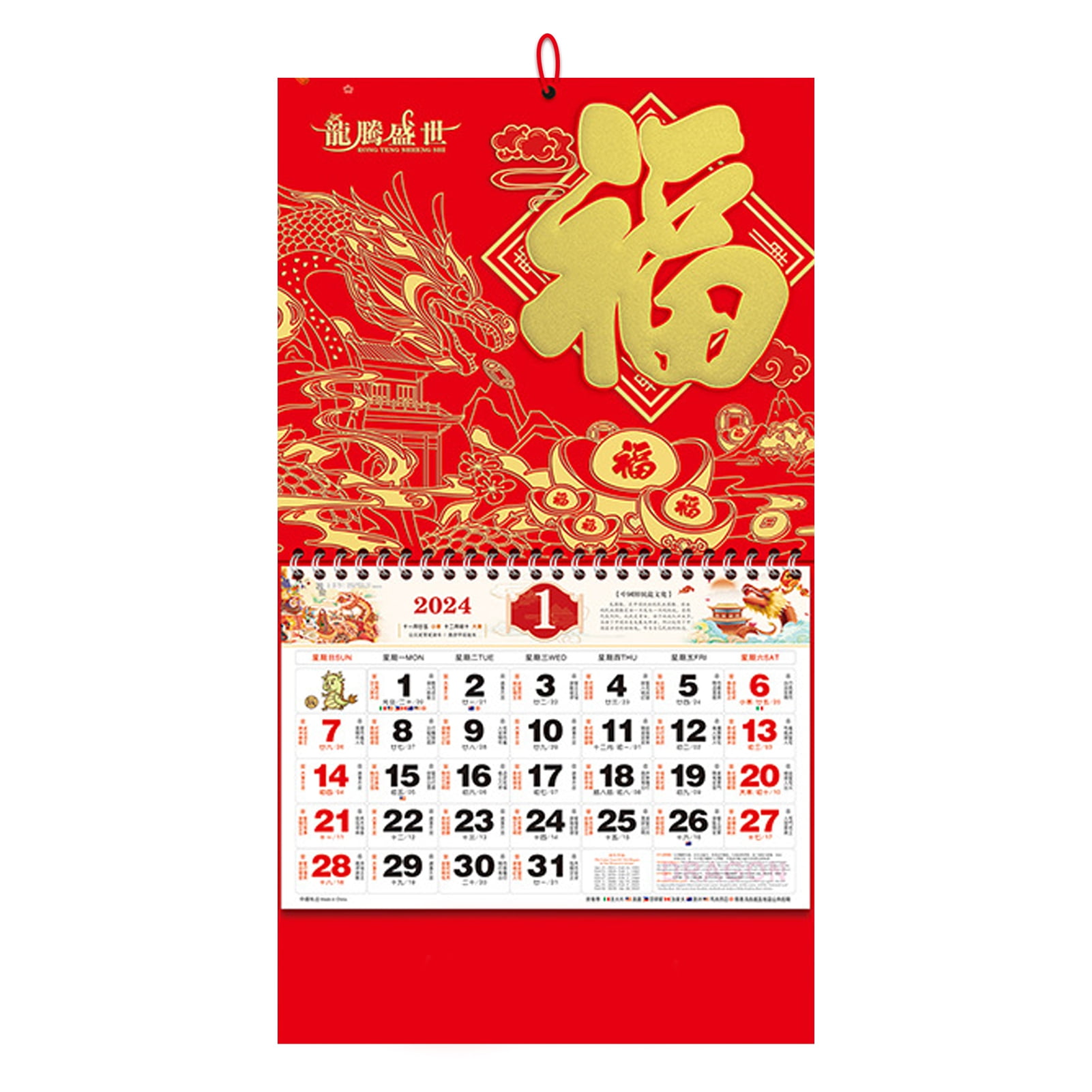Decoding the Lunar New 12 months Calendar: A Journey By Time and Custom
Associated Articles: Decoding the Lunar New 12 months Calendar: A Journey By Time and Custom
Introduction
With nice pleasure, we are going to discover the intriguing subject associated to Decoding the Lunar New 12 months Calendar: A Journey By Time and Custom. Let’s weave fascinating data and provide recent views to the readers.
Desk of Content material
Decoding the Lunar New 12 months Calendar: A Journey By Time and Custom

The Lunar New 12 months, also called the Spring Competition (春节 – Chūnjié), is crucial vacation within the Chinese language calendar, a vibrant tapestry woven from centuries of custom, mythology, and astrological significance. Central to its observance is the lunisolar calendar, a fancy system that dictates the date of the competition and influences many facets of Chinese language tradition, from agriculture to fortune-telling. Understanding this calendar is vital to appreciating the depth and richness of the New 12 months celebrations.
The Lunisolar Dance: A Mix of Solar and Moon
Not like the Gregorian calendar, which solely tracks the Earth’s revolution across the solar, the Chinese language lunisolar calendar combines each photo voltaic and lunar cycles. The lunar month, primarily based on the moon’s phases, is roughly 29.5 days lengthy. Nonetheless, a purely lunar calendar would shortly drift out of sync with the seasons. To rectify this, the Chinese language calendar incorporates a system of intercalary months, including an additional month roughly each three years to maintain the lunar months aligned with the photo voltaic 12 months. This ensures that the Spring Competition, signifying the beginning of spring, stays comparatively in keeping with the precise change of seasons.
The exact date of the Lunar New 12 months falls on the brand new moon between January twenty first and February twentieth, in response to the Gregorian calendar. It is the primary new moon after the winter solstice, marking the start of a brand new lunar cycle and the symbolic renewal of nature. This variability is a vital side of the calendar, reflecting the dynamic interplay between the celestial our bodies and the cyclical nature of life itself.
Past the Date: The Zodiac Animals and their Affect
The Chinese language zodiac is a twelve-year cycle, with every year represented by an animal: Rat, Ox, Tiger, Rabbit, Dragon, Snake, Horse, Goat (Sheep), Monkey, Rooster, Canine, and Pig. These animals, drawn from mythology and folklore, are believed to affect the character traits and fortunes of people born underneath their respective indicators. The 12 months’s animal considerably impacts the celebrations, with particular colours, meals, and decorations related to it. As an example, a 12 months of the Tiger would possibly see extra tiger-themed decorations and pink accents, whereas the 12 months of the Ox would possibly emphasize stability and diligence.
The zodiac animal is not only a enjoyable character identifier; it is deeply embedded within the cultural cloth. Compatibility between zodiac indicators is taken into account when selecting marriage companions or enterprise associates. Many seek the advice of astrologers or fortune tellers to foretell their luck and prospects for the approaching 12 months primarily based on their zodiac signal and the 12 months’s animal. This side provides one other layer of complexity and intrigue to the Lunar New 12 months calendar.
Stems and Branches: The 60-12 months Cycle
The Chinese language calendar makes use of a sexagesimal cycle, combining ten Heavenly Stems (天干 – Tiāngān) and twelve Earthly Branches (地支 – Dìzhī) to create a 60-year cycle. Annually is uniquely recognized by a mixture of a stem and a department, leading to a repeating 60-year sample. This method gives a extremely exact method of monitoring time, far surpassing the less complicated twelve-year zodiac cycle.
The stems and branches usually are not merely labels; they’re imbued with symbolic that means, representing components, instructions, and even philosophical ideas. For instance, the stem "Jia" (甲) is related to wooden, the east, and starting, whereas the department "Zi" (子) represents the rat, winter, and midnight. The mixture of those components creates a fancy system of correspondences that has influenced numerous facets of Chinese language tradition, together with drugs, feng shui, and divination.
The Calendar and Agriculture: A Symbiotic Relationship
The lunisolar calendar’s origins are inextricably linked to agriculture. The exact timing of planting and harvesting is essential for profitable farming, and the calendar supplied a dependable information for farmers all through the centuries. The Spring Competition, marking the start of spring, is a time for celebrating the potential for brand new progress and the promise of a bountiful harvest. Many conventional customs, akin to lion and dragon dances, are believed to keep at bay evil spirits and guarantee a affluent 12 months for farmers.
The calendar’s agricultural significance extends past merely marking planting occasions. Particular festivals and rituals all year long are tied to the agricultural cycle, reflecting the deep connection between the Chinese language folks and the land. This connection is clear within the meals consumed through the Lunar New 12 months, with dishes typically symbolizing prosperity, abundance, and success.
The Calendar and Festivals: A 12 months of Celebrations
The Lunar New 12 months calendar isn’t just a system for monitoring time; it is a roadmap for a 12 months of celebrations and observances. Past the Spring Competition, quite a few different festivals and holidays are unfold all year long, every with its personal distinctive traditions and significance. These celebrations typically mirror the altering seasons, the lunar cycle, and the agricultural cycle, additional underscoring the calendar’s important position in shaping Chinese language tradition.
For instance, the Lantern Competition, held on the fifteenth day of the primary lunar month, marks the tip of the New 12 months celebrations. The Mid-Autumn Competition, celebrated on the fifteenth day of the eighth lunar month, is a time for household reunions and the appreciation of the complete moon. These and different festivals present alternatives for group gatherings, non secular observances, and the transmission of cultural traditions throughout generations.
The Evolution of the Calendar: A Residing Custom
The Chinese language calendar has developed over millennia, adapting to altering wants and circumstances. Whereas the fundamental rules stay the identical, changes and refinements have been made all through historical past. The standardization of the calendar underneath the Han dynasty (206 BCE – 220 CE) marked a major step in direction of a extra correct and extensively accepted system. Nonetheless, even at this time, slight variations exist within the calendar’s implementation relying on regional traditions and particular functions.
The continuing use of the lunisolar calendar demonstrates its outstanding resilience and flexibility. Regardless of the widespread adoption of the Gregorian calendar, the Lunar New 12 months stays a central occasion within the lives of tens of millions of individuals around the globe, testomony to the enduring energy of custom and the wealthy cultural heritage it embodies.
Conclusion:
The Chinese language Lunar New 12 months calendar is excess of a easy system for monitoring dates; it is a complicated and multifaceted system deeply intertwined with Chinese language tradition, historical past, and mythology. Its lunisolar nature, the twelve zodiac animals, the 60-year cycle, its agricultural significance, and its affiliation with quite a few festivals all contribute to its richness and enduring significance. Understanding this calendar gives an important key to unlocking the deeper that means and significance of the Lunar New 12 months celebrations and appreciating the colourful tapestry of Chinese language tradition. It’s a dwelling custom, repeatedly evolving but steadfastly rooted within the knowledge of generations previous.








Closure
Thus, we hope this text has supplied helpful insights into Decoding the Lunar New 12 months Calendar: A Journey By Time and Custom. We thanks for taking the time to learn this text. See you in our subsequent article!